Best Garden Landscape Design Plans (2025)
Introduction
Creating a garden landscape is both art and science. It involves thinking about combining elements to create a harmonious and beautiful outdoor space. Whether you’re building something from the ground up or remodeling an existing garden, a good idea will both beautify your garden and meet your needs. A well-designed garden can enhance your outdoor life, increase the value of your home, and provide peace from the stress and anxiety of daily life.
Understanding Your Space
It is important to understand the characteristics of your garden area before moving on to the design process. Think about the dimensions, form, and terrain of yours. Pay attention to sun and shade, strong winds, soil type, and water flow. These conditions can affect the kind of growth of plants and the overall layout of your garden. For example, knowing the sunniest spot will help you place light-loving plants accordingly, while you can also allocate shade to plants that do not have shade. Additionally, understanding soil quality can guide your growth and planting choices, ensuring your plants have the best bacteria to grow.
Defining Your Purpose

Every garden has a different purpose. Some are for relaxation; others are for recreation, vegetable cultivation, or creating habitat for wildlife. Define what you want from your garden. Your goals will influence the design you wish, from seating to plant choices to water features. For example, a garden designed for relaxation will feature a beautiful seating area, water features, and fragrant plants. In contrast, a garden designed for entertaining will have a patio, outdoor kitchen, and open space for conversation. Being clear about your main goals will help your design stay focused and work.
Also Read Best Modern Landscape Design Plans
Establishing a Focal Point
A well-designed garden usually has one or more elements that grab the eye and create visual interest. This could be a beautiful tree, statue, water feature, or even a colorful planter. A focal point anchors the garden and provides a sense of order and direction. When choosing a focal point, consider its size and impact. It should stand out but not overwhelm the surrounding elements. Additionally, the main theme needs to reflect your taste and contribute to the overall style of the garden, whether modern, rustic, or traditional.
Creating Functional Zones
Divide your garden into functional areas as you wish. The areas include seating areas, children’s playgrounds, vegetable gardens, flower beds, and paths. Each space should have a clear purpose and design that will enhance its use while fitting seamlessly into the overall garden design. For example, a place to sit near the flowerbed will allow you to enjoy the flowers up close while placing the vegetable garden in a sunny spot to see good growth. A path should connect these areas, guiding visitors through the garden and encouraging exploration.
Selecting Plants and Materials
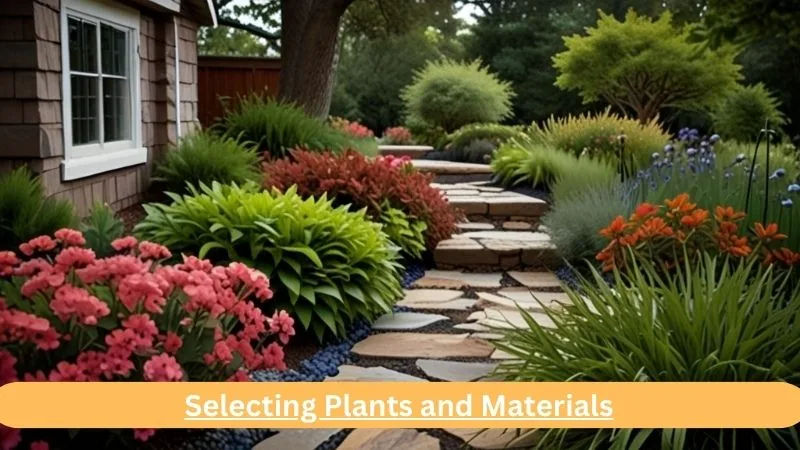
Selecting the appropriate plants and supplies is crucial to creating a similar home. Consider things like color, texture, height, and the season of interest. Native plants are often a good choice because They require less upkeep and can adjust to local conditions. So, think about how you can use different materials, such as stone, wood, and metal, to complement your plant choices and create a cohesive look. For example, a natural stone path can enhance the beauty of a rustic garden, while a beautiful metal facade can add a modern fee. Group plants with similar water and light need to facilitate the upkeep and guarantee that every plant thrives.
Incorporating Water Features
Ponds, fountains, and waterfalls are examples of water features that can add peace and movement to your garden. They also love wildlife, which adds another layer of interest and fun. When using water, please pay attention to its size and location. A large pool can be the center of attention, while a small pool can provide a relaxing background sound. Make sure the water feature complements the entire design and does not overflow the space. Also, think about practical things like water, maintenance, and safety, especially if you have children or parents.
Planning for Seasonal Interest
It should be a pleasure to see a well-designed garden all year round. Plant a variety of plants that provide color and texture in different seasons. For example, spring flowers, summer perennials, autumn foliage, and winter evergreens can make your garden beautiful all year round. Also, consider mixing in plants with interesting pods, seed heads, or berries that can provide winter fu. This approach not only keeps your garden strong all season long but also supports local wildlife by providing food and shelter year-round.
Enhancing Biodiversity
Designing a garden that supports local wildlife can increase the value and beauty of the garden. It contains many plants that provide food and shelter for birds, insects, and other wildlife. Native plants are particularly valuable because they are well-suited to local wildlife. Also, consider installing features such as birdbaths, feeders, and insect shelters to attract and encourage more species. Biodiverse gardens are not only more sustainable. Additionally, they are also less susceptible to illnesses and pests. Thus, they require less chemicals.
Implementing Sustainable Practices
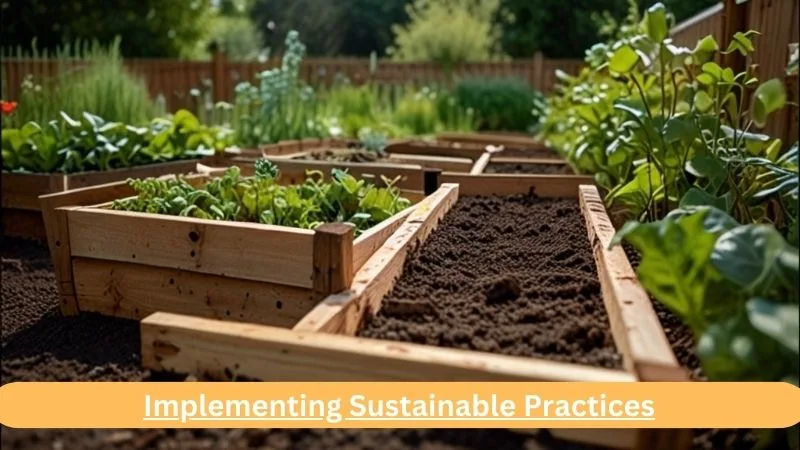
Permaculture gardening practices can reduce your environmental impact and keep your garden green. Consider water-saving techniques such as rain gardens, permeable paving, and drip irrigation. Composting kitchen and yard waste enriches the soil and reduces the need for chemical fertilizer. Also, choose sustainable materials such as recycled wood or recycled metal for gardening and decoration. These methods can be mixed to produce a beautiful and environmentally responsible garden.
Adding Outdoor Lighting
Outdoor lighting can completely change the look and usability of your garden. Soft garden lights along pathways, spotlights on trees, and warm lights around seating areas not only improve safety but also create a cozy atmosphere at night. In Lahore’s homes, solar-powered garden lights are becoming popular because they save electricity and work well even during power outages. Adding lighting ensures your garden can be enjoyed both during the day and in the evening, making it a perfect spot for gatherings.
Conclusion
Creating a landscape garden plan requires careful planning and consideration. By understanding your space, determining your goals, and carefully selecting plants and materials, you can design a landscape that fulfills both aesthetic and physical needs. Incorporating features such as water features, lighting, and permaculture practices can make a garden more attractive and productive. With regular maintenance, your garden will be a peaceful and inviting outdoor space for years to come.
Garden Landscape Design Plans – FAQs
Q1. What makes a successful landscape?
Ans: A good building should be both functional and visually pleasing. Signs of good landscaping are usually clear walkways and trees with no broken or damaged branches.
Q2. What is the best paper for landscape design?
Ans: Vellum Landscape designers often draw on a strong paper called vellum and then print on bond paper, the same paper most computer printers use. Drawing paper can help beginners make accurate measurements and make it easier to calculate the area of enclosed spaces.
Q3. What is the purpose of landscaping?
Ans: Landscape plays an important role in today’s world. We use landscaping for our homes, workplaces, and beauty. We use it to create freedom and comfort. It also accomplishes environmental protection.
Q4. What is the average cost of garden landscaping in Lahore?
Ans: On average, it costs between PKR 150 and 500 per square foot, depending on size and design.
Q5. Which plants are best for low-maintenance gardens in Pakistan?
Ans: Bougainvillea, hibiscus, jasmine, neem, and native grasses are ideal for low maintenance.


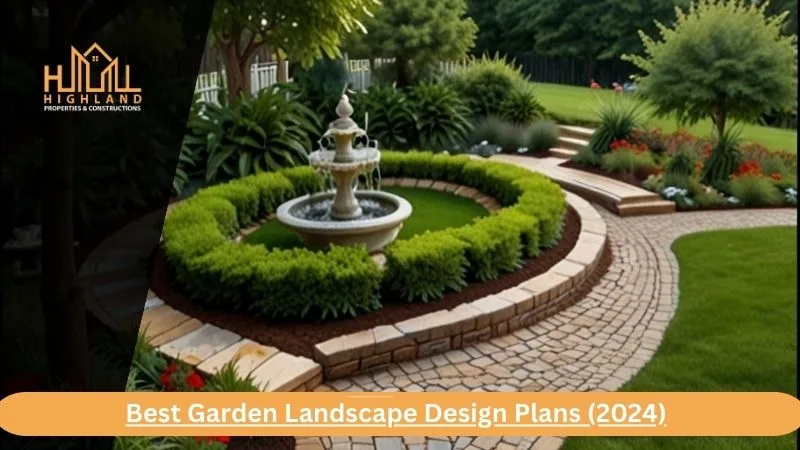
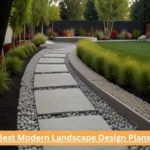
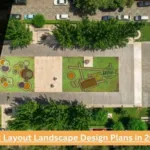
Leave a Reply